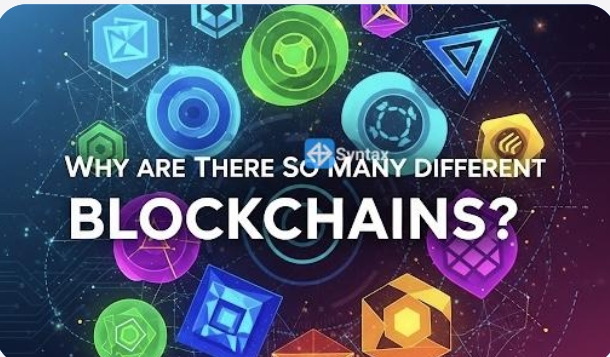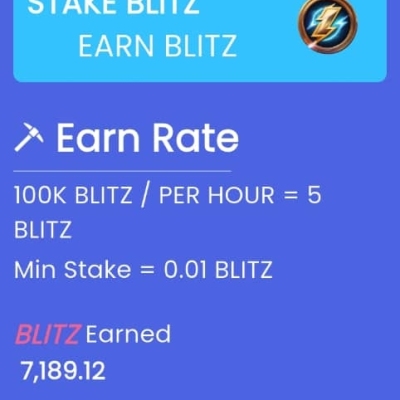Why Are There So Many Different Blockchains?
The existence of many Blockchains is not a weakness but a reflection of how diverse the needs of the crypto ecosystem are
The blockchain industry has grown rapidly since the launch of Bitcoin in 2009. What started as a single decentralized ledger for peer-to-peer payments has evolved into an ecosystem of thousands of blockchains, each with unique goals, features, and communities. But why exactly do we have so many blockchains? Let’s break it down.
1. Different Use Cases and Goals
Not all blockchains are built for the same purpose.
Bitcoin was created as a decentralized currency. 1.
Ethereum introduced smart contracts for building decentralized applications. 2.
Filecoin focuses on decentralized storage. 3.
Polygon works to scale Ethereum. 4.
Each new blockchain often arises to solve a specific problem or optimize a particular use case.
2. Scalability and Performance
One of the biggest reasons for multiple blockchains is the trade-off between speed, cost, and security. For example:
Bitcoin prioritizes security but sacrifices speed. 1.
Solana focuses on high-speed transactions but has faced stability issues. 2.
Layer-2 solutions like Arbitrum exist to scale Ethereum. 3.
T
This variety allows users and developers to choose the network that best fits their needs.
3. Innovation and Experimentation
The blockchain space encourages experimentation. Developers often create new blockchains to try out:
a. Different consensus mechanisms (proof of work,proof of stake,delegated proof of stake etc)
b. Governance models (community driven Vs foundation led)
c. Tokenomics structures
This constant innovation drives the creation of new Blockchains
4. Competition and Decentralization
Having multiple Blockchains ensures no single network controls the entire ecosystem
Competition fosters innovation and gives users options while Decentralization reduces systematic risks














